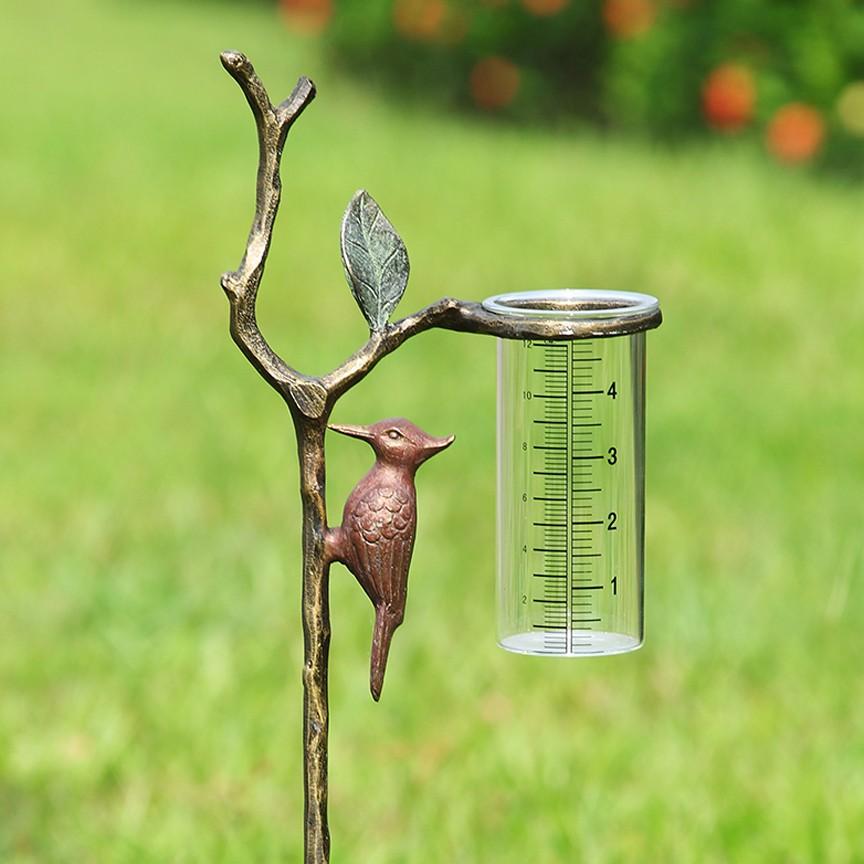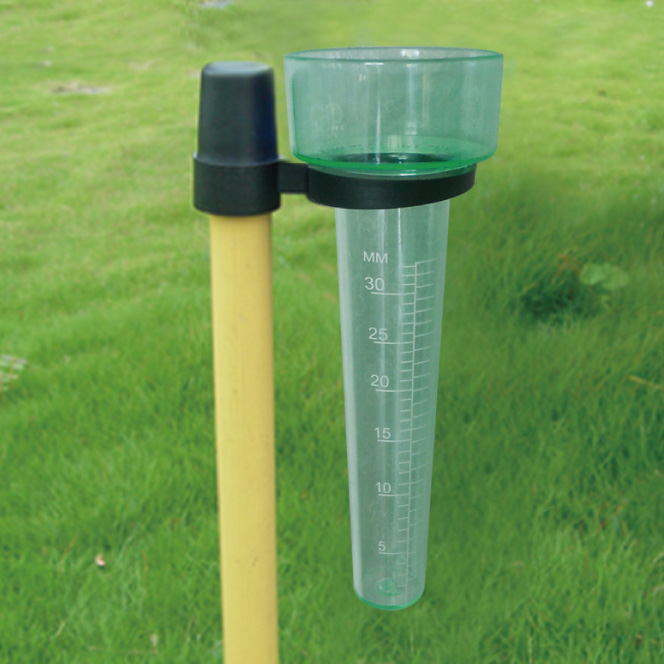The Rain Gauge: Necessary Details and Finest Practices for Weather Condition Lovers
The Rain Gauge: Necessary Details and Finest Practices for Weather Condition Lovers
Blog Article
Just How to Pick the Right Rainfall Scale for Accurate Rain Information
Accurate rainfall data is essential for different markets and tasks, such as water, farming, and weather forecasting source administration. To acquire trusted dimensions, it is vital to choose the ideal rainfall gauge. This guide aims to offer valuable insights right into the option procedure, enabling you to make informed decisions. Thinking about elements such as location, type, and precision of the rainfall gauge will help ensure precise information collection. Furthermore, recognizing the upkeep and calibration treatments will certainly add to the longevity and reliability of your rain scale. By complying with these standards, you can make sure accurate rains data, enabling far better decision-making and planning for various applications.
Relevance of Selecting the Right Rainfall Gauge
The value of picking the ideal rain scale hinges on acquiring trustworthy and accurate rains data for precise atmospheric analysis. Rainfall information is vital for a wide variety of applications, consisting of weather forecasting, hydrological modeling, and environment research. Unreliable or unreliable information can cause erroneous final thoughts and flawed decision-making procedures.

Second of all, the precision and precision of the rainfall scale are paramount. The scale needs to have the ability to measure rains with high accuracy, recording also small quantities of rainfall precisely. It should additionally decrease errors due to dissipation, wind, and other environmental factors. Regular calibration and upkeep are crucial to make sure continuous precision.
Additionally, the place and installment of the rain scale are important factors to consider. It should be positioned in an open area, far from obstructions that can impact rains measurements. The scale ought to be placed at an appropriate elevation and angle to prevent splashing and make sure proper catchment of rain.
Factors to Think About When Selecting a Rainfall Gauge
When picking a rainfall gauge, there are a number of essential factors to think about. These variables can considerably impact the accuracy and dependability of the rainfall data accumulated. The first element to take into consideration is the sort of rain gauge. There are various kinds offered, including common rain evaluates, tipping bucket rainfall determines, and weighing rain gauges. Each type has its very own benefits and negative aspects, so it is necessary to select one that best fits your certain demands and needs.
An additional aspect to think about is the product of the rainfall gauge. Rain evaluates can be made from different materials, such as plastic, glass, or metal. The product selected must be resistant and long lasting to weather, making certain that the rainfall scale will stand up to the aspects and offer accurate dimensions with time.
Precision is also a crucial variable to take into consideration. Try to find rain gauges that have actually been adjusted and checked for accuracy. Features such as anti-splash rings and funnels can also boost the precision of the measurements.

Last but not least, think about the environment and environment in which the rainfall scale will be utilized. Various rain assesses appropriate for different environments, so it is very important to choose one that is proper for the conditions in your area.
Various Kinds of Rain Assesses Available
To better explore the aspects to take into consideration when choosing a rain scale, it is essential to understand the different sorts of rainfall determines available. There are a number of types of rainfall determines, each with its own advantages and downsides. One of the most typical type is the conventional rainfall scale, additionally referred to as the cylindrical rainfall gauge. This type consists of a straight-sided round container with a funnel-shaped top. It is basic to make use of and provides precise dimensions of rains.
One more kind of rain gauge is the tipping pail rain scale. As the rain drops right into the scale, it fills up one side of the pail, triggering it to tip and empty the water.
A third kind of rainfall gauge is the evaluating rain gauge. As the rainfall drops into the scale, it is collected in a container linked to an equilibrium.
Lastly, there are additionally remote rain evaluates that usage progressed technology to gauge rainfall (The Rain Gauge). These assesses use sensors and transmitters to send out information wirelessly to a central unit. Remote rainfall evaluates are hassle-free for keeping an eye on rains in hard-to-reach areas or for massive information collection
Just How to Identify the Precision of a Rainfall Scale
One way to evaluate the precision of a rainfall scale is by conducting routine calibration dimensions. Calibration entails contrasting the readings of a find out this here rain gauge to a standard measurement, such as a licensed rainfall scale or a climate terminal with high precision. By comparing the dimensions, any kind of disparities or inaccuracies in the rain gauge can be identified and made up.
To perform a calibration dimension, beginning by accumulating rainfall data from both the rainfall scale and the conventional dimension device over a certain time duration, such as a month. Compare the readings and calculate the difference in between them. This difference is called the calibration error.
It is vital to keep in mind that calibration measurements ought to be done frequently, as environmental elements, such as wind, temperature level, and particles, can influence the accuracy of the rainfall scale in time. By conducting normal calibrations, any type of modifications in the precision of the rain gauge can be detected and changes can be made appropriately.
Along with calibration, it is additionally suggested to clean and keep the rain scale consistently to ensure its precision. Eliminate any kind of particles or blockages that may affect the precision of the measurements, and look for any type of indications of damages or use that may need repair services or substitute.
Tips for Maintaining and Adjusting Your Rainfall Gauge
Normal maintenance and calibration are crucial for guaranteeing the precision and reliability of your rainfall scale in determining rains information (The Rain Gauge). By following a few simple ideas, you can ensure that your rain scale is properly kept and calibrated
First of all, it is important to clean your rainfall scale routinely to stop any kind of debris or dust from blocking the rainfall collection mechanism. Use a light cleaning agent and a soft brush to gently clean the inside and beyond the scale. Wash it thoroughly with clean water and enable it to completely dry entirely prior to re-installing it.
Secondly, it is recommended to calibrate your rainfall gauge at least when a year. Calibration includes contrasting the dimensions of your rainfall scale with those of a relied on and exact referral scale. This will certainly aid you identify and correct any potential errors in your rain gauge's measurements.
To calibrate your rain gauge, collect a known quantity of water making use of a measuring container and compare it with the dimensions taped by your rainfall gauge. Change the readings accordingly to guarantee precision.

Verdict
Finally, selecting the ideal rainfall gauge is vital for getting precise rainfall information. When choosing a rainfall gauge, aspects such as budget, location, and function should be taken the original source into consideration. There are various kinds of rainfall evaluates readily available, each with their own advantages and constraints. It is essential to regularly maintain and calibrate your rainfall scale to ensure its accuracy. By adhering to these guidelines, exact rainfall data can be acquired for numerous applications.
There are various kinds readily available, consisting of standard rain assesses, tipping bucket rain determines, and weighing rainfall assesses.To better explore the elements next page to think about when selecting a rain gauge, it is important to understand the various types of rainfall assesses offered. The most typical type is the basic rain scale, likewise understood as the cylindrical rain scale.An additional type of rain gauge is the tipping bucket rainfall scale. Calibration includes comparing the readings of a rainfall gauge to a conventional measurement, such as a licensed rain scale or a weather condition station with high accuracy.
Report this page